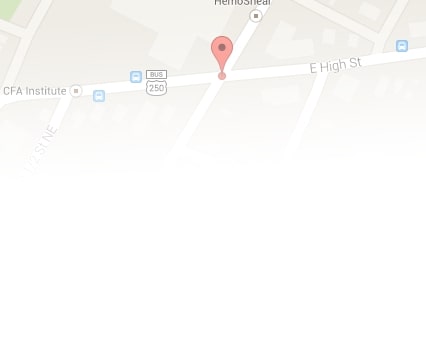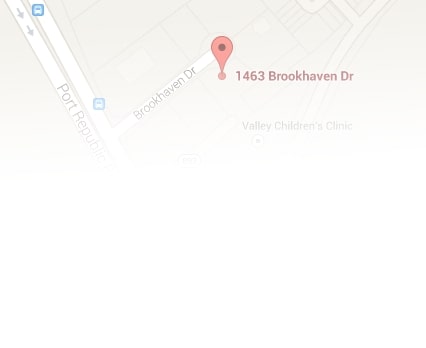Despite insurance being a requirement under most circumstances, there are millions of drivers who choose to remain uninsured. When you are in a car accident, you may have to rely on the other person’s insurance to help compensate you for your damages. If the other person doesn’t have insurance, what can you do? Here are a few tips to handle the situation.
Understand Your UM/UIM Coverage
Perhaps the very first thing you need to do if you have been involved in a crash with an uninsured or underinsured driver is to understand what coverages you have under your own car insurance policy. Do you know that you likely have a type of insurance coverage that covers this exact situation? It is called uninsured and underinsured motorist coverage. You’ll oftentimes see this coverage abbreviated as UIM coverage on your policy.
To know if you have UM/UIM coverage, get a copy of the declarations page from your insurance policy. That’s the page that lists the types and amounts of coverage that you have. Check for UM/UIM coverage. Then, see how much it is. You’ll typically have a certain amount that can be applied per person, as well as an amount to apply per accident.
You will want to get a copy of the declarations pages for all resident relatives of your household. Because you should be able to take whatever coverage they have and add it to the coverage you have.
For a legal consultation with a personal injury lawyer, call (434) 817-3100
The best part of this is that using UM’UIM coverage will not raise your rates or cause you to be dropped from your insurance policy so long as you did not share any fault in causing the crash. Here is a copy of Virginia law, located at Va. Code 38.2-1905, which states circumstances under which your insurance company cannot increase your rates.
Calculate the Total Amount of UIM Coverage Available to You
Once you have reviewed your insurance policy and all of the insurance policies that may belong to any resident relatives of your household, your next step is to figure out how much UM/UIM coverage you have.
As a general rule of thumb, UM/UIM insurance coverage can be stacked. That means that you can take the amount of insurance available to the defendant driver (if any), then take the amounts from each UM/UIM policy that you and all of your resident relative household members have. You can then stack those amounts on top of each other. That total stacked amount may be the total amount of insurance coverage that is available to you to cover your injuries for that crash.
Here are a couple of things to keep in mind. First, the laws regarding uninsured and underinsured motorist coverage have changed pretty dramatically over the last several years. So the policies you are reviewing may be under different laws depending on when those policies were written. That can make things confusing, and it may prevent some policies from stacking on other policies (including possibly not stacking on the liability policy). Second, there are some really technical rules regarding how to accept money from a liability insurance company and a UIM insurance company so that you do not forfeit your right to seek coverage from another UIM policy.
Because trying to recover money from a UM/UIM policy is technical and not following the technical rules could forfeit your right to get money from those policies, settling a case with a liability carrier or UIM carrier is not a do-it-yourself project. While you may be tempted to settle your case with the defendant so that you can then turn to the money offered by your UIM policy, it is critically important for you to understand that a wrong move could jeopardize your right to receive insurance benefits.
Figure Out Fault
Click to contact personal injury lawyers today
Even before you file the police report or the insurance claim, you have to know who was at fault for the accident. If you believe that the other driver was at fault, then you are going to have to collect evidence that proves it. Now, what you do need to know about fault is that there are twelve states that do not recognize fault. This means that if you are in an accident, your insurance pays for property damage and injuries, regardless of who caused it.
Now, if you live in a state where you can assign fault to the other driver, then you need to think about how to advance and file a claim. Some people do carry uninsured motorist coverage for this reason, as we just discussed. In Virginia you can apply fault to another driver with your UIM policy, so you will want to file a claim if you were injured by an uninsured or underinsured motorist.
File the Report
Complete a Case Evaluation form now
You should always file a police report directly after the accident. This will get the ball rolling right away. If an accident doesn’t seem serious, some people choose to simply exchange information. This is not always enough, however. The police report can help protect your best interests when it comes to an accident. The police can determine who was at fault or why the accident occurred. Police reports make great evidence in car accident cases.
File the Claim
Next, you should have an attorney file the claim with all of the respective insurance companies. That will include filing the claim with your insurance provider. Remember, this is a complicated process. You may find that your insurer tries not to pay because it is an uninsured motorist case. This is why it’s important to have all of your evidence put together for when you file your claim.
When dealing with drivers that don’t have insurance, you may feel overwhelmed. After all, you don’t have their car insurer to rely on when it comes to compensation. If you aren’t sure how to handle your case moving forward, then it always helps to discuss your options with a car accident lawyer, like a car accident lawyer at MartinWren, P.C.
Call us today for a free consultation.
Call (434) 817-3100 or complete a Case Evaluation form



